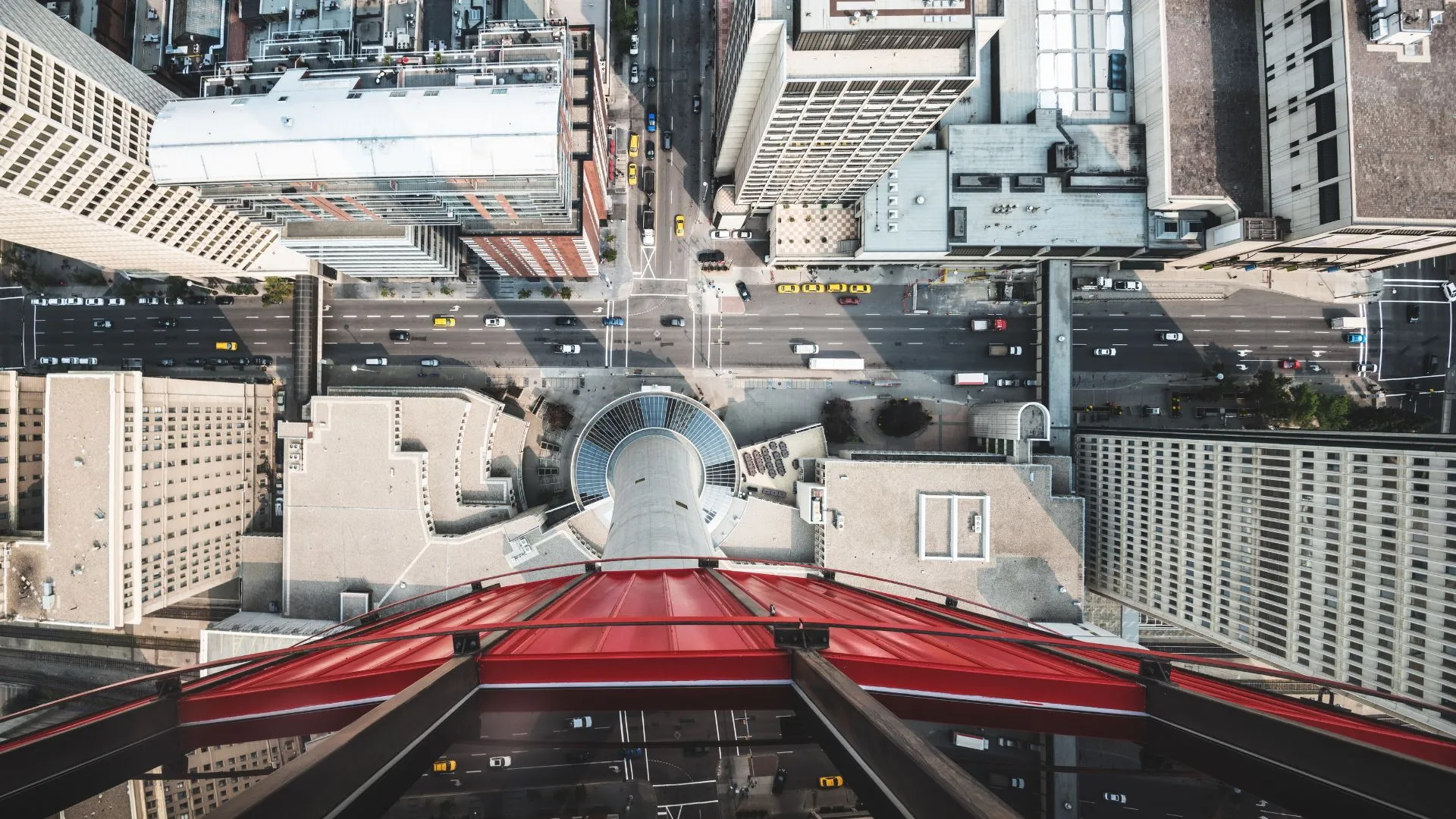
The year 2025 marks a critical point for Canada’s business sector as economic uncertainty drives tactical shift in Canadian commercial markets across all major industries. From real estate to retail, investors and businesses are making swift changes in strategy to cope with rising interest rates, cautious consumer spending, and global financial tension.
Canada’s commercial markets are known for their resilience, but this year’s economic indicators are pushing decision-makers to re-evaluate risk, liquidity, and long-term investments. As inflation pressures the middle class and borrowing costs remain high, the Canadian commercial real estate, industrial development, and service sectors are all undergoing significant transformation.
One of the first and most visible signs of this shift can be seen in Canada’s commercial real estate. In Toronto, Vancouver, and Montreal—Canada’s big three urban centers—office vacancy rates remain high as hybrid work models persist. Investors are turning away from speculative projects and shifting focus toward multi-use buildings, industrial logistics parks, and data centers.
As economic uncertainty drives tactical shift in Canadian commercial markets in 2025, developers are holding off on new construction. Instead, many are opting for renovation or adaptive reuse strategies to reduce upfront risk.
Retail in Canada is going lean. With household savings decreasing and inflation still affecting discretionary spending, brands are scaling down their physical footprints. Many major retail players are moving toward digital-first models, reducing the need for large store formats in downtown cores.
Economic uncertainty is also triggering renegotiations in lease contracts and lowering demand for premium retail spaces. Malls are adapting by diversifying into healthcare services, entertainment zones, and pop-up store concepts to maintain foot traffic.
While sectors like retail and office space face challenges, the industrial sector remains more stable. Warehousing, distribution, and light manufacturing continue to perform, thanks to strong demand in e-commerce and supply chain optimization.
However, even here, economic uncertainty drives tactical shift in Canadian commercial markets in 2025, particularly in project timelines. Developers are cautious about overextending and are more focused on projects with guaranteed leases or government contracts.
Canada’s financial institutions have tightened lending standards in response to persistent inflation and the Bank of Canada’s cautious stance. Commercial borrowers are now required to present stronger cash flow models and face higher scrutiny in risk assessment.
This change is dramatically impacting the startup ecosystem, especially in sectors like property tech, green development, and urban mobility. Venture capital is still flowing, but it’s more targeted and conservative compared to previous years.
Interestingly, one of the most positive trends emerging from this uncertainty is the rise of ESG (Environmental, Social, and Governance) investments. Institutional investors and real estate trusts are moving capital into projects that demonstrate sustainability, inclusiveness, and long-term value.
As traditional markets stall, ESG-focused commercial projects—especially in renewable energy, urban greenery, and accessible public spaces—are gaining momentum. Canadian cities like Calgary and Ottawa are launching green bonds and incentive programs to accelerate this transition.
One of the most profound changes is happening in how Canadian companies view office space. With remote work now deeply embedded in corporate culture, traditional office leasing is down significantly. Businesses are cutting costs by reducing square footage and switching to shared office spaces, flexible leases, and hot desking environments.
This demand shift is forcing landlords to offer more flexible terms, and even redesign entire buildings to accommodate coworking and short-term tenants. Economic uncertainty drives tactical shift in Canadian commercial markets in 2025, and nowhere is this more visible than in the commercial office leasing market.
With a shaky global economy and geopolitical tensions affecting international capital flows, foreign direct investment (FDI) into Canadian commercial assets has dropped. In contrast, domestic investors and pension funds are now dominating the landscape, focusing on long-term asset classes like healthcare, logistics, and energy infrastructure.
While the fall in foreign capital is a negative for high-end urban projects, it is also giving local players more room to innovate and lead without intense bidding wars or inflated prices.

The current year might be difficult, but it is also full of opportunity. As economic uncertainty drives tactical shift in Canadian commercial markets in 2025, smart investors are not retreating—they’re recalibrating. The winners will be those who adapt to the new landscape without overreacting.
Mixed-use developments, ESG-driven investments, flexible office models, and digital-first retail strategies are leading the way. Although growth will be slower than in past years, the foundation is being laid for a more efficient, diversified, and tech-integrated commercial sector.
Economic uncertainty drives tactical shift in Canadian commercial markets in 2025, and every major industry is feeling the impact. While the challenges are real—especially in real estate and retail—new opportunities are emerging through innovation, sustainability, and strategic planning.
This period of adjustment may ultimately lead to a stronger, more adaptable Canadian commercial landscape. Business leaders and investors who take a long-term view, prioritize flexibility, and invest in future-focused sectors will be best positioned for success.
Also Read – 3 Big Moves This Super-Prime Firm Just Made Public
